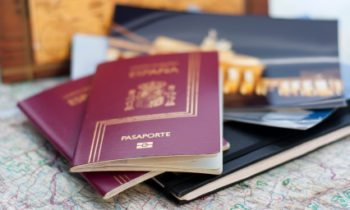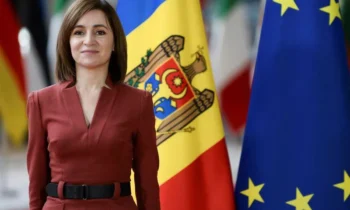 A sharp increase in the visa application charge for international students, plus a significant increase in the minimum amount that international students must deposit in the country before beginning their studies in Norway, have drawn criticism from student groups and political opponents.
A sharp increase in the visa application charge for international students, plus a significant increase in the minimum amount that international students must deposit in the country before beginning their studies in Norway, have drawn criticism from student groups and political opponents.
The changes were introduced in January. Since the start of 2018, handling charges for visa applications for international students to Norway have been raised from NOK3,200 (US$414) to NOK5,300 (US$685), a jump of 65%, the web-based newsletter, Khrono of Oslo Metropolitan University, reported.
This is far higher than similar charges in neighbouring countries Sweden (US$126), Denmark (US$350) and Finland (US$371).
The Norwegian government – which is now a three-party coalition comprising the Progress Party (an anti-immigration party), the Conservative Party and the Liberal Party – in January also increased the minimum sum that international students will have to prove they have deposited for studying in Norway from NOK103,900 (US$13,400) to NOK111,657 (US$14,400) per year.
But the leader of the International Students’ Union of Norway (ISU), Eric Kimathi, said the rise in visa charges is “unjust”, was made without warning, and is “hitting international students hard”. “Most international students are funding their studies themselves and can work only 20 hours per week,” he said.
In a statement, ISU said these increases would “continue to marginalise international students, adding further concerns about their future in the country, while at the same time impeding prospective students from applying in future years”.
Daylight robbery
An opposition member of the parliamentary higher education committee, Nina Sandberg, a Labour MP, said the visa increase was “daylight robbery”. She accused the government of talking up internationalisation while in practice “weakening student mobility and hence the quality of higher education”.
Sandberg alleged that the increased fee for visa applications was a way of “introducing tuition fees through the back door”. She said fewer students from abroad were getting the chance to study in Norway and now the chances had been weakened further for those with fewer resources.
Jone Trovåg, international officer for the National Union of Students in Norway (NSO), suggested to University World Newsthat the government was trying to find another way to “claw back money from international students” after previously pushing for but failing to secure the introduction of tuition fees.
Sandberg told University World News that the number of students from outside the European Economic Area, and particularly the number from developing countries, has decreased significantly since the quota scheme for students from developing countries was closed in 2015.
“[The inflow of] African students and students from poor countries has almost dried up,” she said.
That programme had accepted 1,100 students a year, 800 of them from Africa, Asia and Latin America, but it was closed to switch resources, with 60% going into institutions with partnerships with institutions in the South and 40% into two-way institutional collaborations and research collaborations with BRICS countries – Brazil, Russia, India, China and South Africa – and Japan.
Mari Sundli Tveit, professor and rector of the Norwegian University of Life Sciences and chair of the Norwegian Association of Higher Education Institutions, said that given that an international student community is of great value to Norwegian higher education, and internationalisation and student mobility are important components of quality of education, “it is important to avoid obstacles to international student mobility, and the increase in the handling charge for visa applications can constitute a severe hindrance to attracting international students”.
(universityworldnews)



